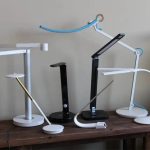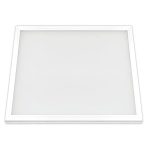Sleep Better with LED Light Colors: Discovering Which Hues Promote Restful Slumber

Getting a good night’s sleep is essential for our physical and emotional well-being. However, with the demands of modern life, it can be challenging to get the recommended 7-9 hours of sleep each night. One factor that can affect the quality of our sleep is the type of light we’re exposed to before bedtime. While artificial light can interfere with our body’s natural sleep-wake cycle, certain colors of light can help us relax and drift off to sleep faster. One type of light that has gained attention in recent years for its potential sleep benefits is LED light. LED light bulbs come in a variety of colors, each with different properties that may affect our sleep. In this article, we’ll delve into the science behind how LED light colors can impact our sleep patterns and explore which hues are most conducive to restful slumber. So, if you’re looking for ways to improve your sleep hygiene and wake up feeling more refreshed, keep reading to discover how LED light colors can help.
The impact of light on sleep is a well-known phenomenon, and understanding it is essential for improving sleep quality. Light exposure can affect the body’s circadian rhythm, which regulates the sleep-wake cycle. Exposure to blue light, which is abundant in electronic devices, can suppress the production of melatonin, a hormone that regulates sleep. On the other hand, warm-colored lights, such as yellow, orange, and red, can stimulate the production of melatonin and promote relaxation. Therefore, choosing the right LED light colors can play a significant role in promoting restful slumber. It is recommended to use warm-colored lights in the evenings and avoid exposure to blue light before bedtime to improve sleep quality.
LED light colors can have a significant impact on our sleep patterns and overall well-being. Blue light has been found to disrupt our circadian rhythm, making it harder for us to fall asleep and stay asleep. On the other hand, warm colors such as red, orange, and yellow have been shown to promote relaxation and calmness, making them ideal for use in the bedroom. Green light is said to have a soothing effect on the mind and body, making it a great choice for those who suffer from anxiety or stress. It’s important to choose the right LED light colors for your needs, as they can have a powerful effect on your sleep quality and overall health.
The Science of Light and Sleep
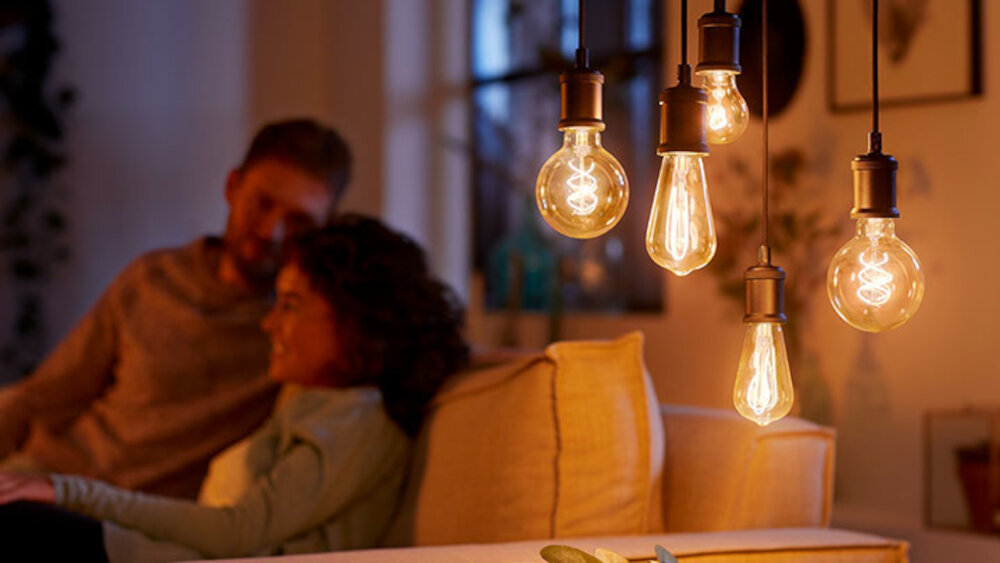
Light is a crucial element in regulating our sleep-wake cycle. The science of light and sleep has shown that the wavelengths of light can impact our circadian rhythm, the internal biological clock that controls our sleep and wake cycles. The blue wavelength of light, which is found in LED lights, suppresses the production of the sleep hormone melatonin, making it harder to fall asleep. On the other hand, the warmer hues of light, such as red and orange, promote the production of melatonin, making it easier to fall asleep and get a restful night’s sleep. Understanding the science of light and sleep can help us make better choices about the type of lighting we use in our homes, especially in our bedrooms. By choosing warmer hues of light, we can create a relaxing and calming environment that promotes the production of melatonin, helping us fall asleep faster and stay asleep longer. Moreover, using dimmer lights before bedtime can also help signal our body that it’s time to wind down and prepare for sleep. In conclusion, the science of light and sleep is a critical aspect of our overall health and well-being, and by making conscious choices about the type of lighting we use, we can improve the quality of our sleep and ultimately, our lives.
Light waves are a fundamental aspect of our environment that play a critical role in our daily lives. There are various types of light waves, each with different properties and characteristics. These include radio waves, microwaves, infrared radiation, visible light, ultraviolet radiation, X-rays, and gamma rays. Visible light is the only type of light that humans can see, and it is further divided into different colors that correspond to different wavelengths. Each color has a unique effect on our bodies, and recent studies have shown that certain hues of LED lights can promote better sleep. Understanding the different types of light waves is crucial in determining which type of light is best for your sleep environment.
Light plays a significant role in regulating our circadian rhythms, the internal biological clock that controls our sleep-wake cycle. The human body responds differently to various light wavelengths, and blue light, in particular, is known to suppress the production of melatonin, the hormone that promotes sleep. Exposure to blue light from electronic devices like smartphones and tablets can disrupt our natural sleep patterns and lead to insomnia. On the other hand, warm-colored light, such as yellow, orange, and red, can enhance relaxation and improve the quality of our sleep. By understanding the impact of different hues on our circadian rhythms, we can choose the right LED light colors for our home and create an environment that promotes restful slumber.
Melatonin is a hormone that regulates sleep-wake cycles, and light exposure plays a crucial role in its production. When we are exposed to light, especially blue light with a wavelength of 460-480 nm, it suppresses the release of melatonin, making us feel more alert and awake. On the other hand, when the light levels decrease, like in the evening, our bodies start producing more melatonin, which signals our brain to prepare for sleep. Therefore, it is essential to limit exposure to blue light, especially in the evening, to promote the production of melatonin and improve the quality of our sleep. By choosing warm, soothing LED light colors like red, orange, or yellow in our bedroom, we can create a relaxing environment that supports our natural sleep-wake cycle.
The Benefits of LED Lighting

LED lighting has become increasingly popular in recent years due to its numerous benefits. One of the main advantages of LED lighting is energy efficiency. LED lights use significantly less energy than traditional incandescent bulbs, which can save homeowners a lot of money on their electricity bills. Additionally, LED lights have a longer lifespan than incandescent bulbs, which means they don’t have to be replaced as often. This not only saves money but also reduces the amount of waste that ends up in landfills. LED lights are also environmentally friendly, as they don’t contain harmful chemicals like mercury. Another benefit of LED lighting is the ability to customize the color temperature of the light. Different colors of light can affect our mood and sleep patterns. For example, warm yellow light can promote relaxation and help us wind down before bed, while cool blue light can increase alertness and make it harder to fall asleep. LED lights can be programmed to emit specific colors of light at different times of the day, which can help regulate our circadian rhythm and improve our sleep quality. By using LED lighting to create a sleep-friendly environment, we can improve our overall health and well-being.
LED technology is a highly efficient lighting system that has revolutionized the way we illuminate our world. Unlike traditional incandescent bulbs, LEDs do not emit heat or ultraviolet radiation, making them safer and more energy-efficient. The science behind LED lighting involves the use of a semiconductor material that emits light when an electric current is passed through it. The color of LED light is determined by the composition of the semiconductor, which can be altered to produce a wide range of hues. In the context of promoting restful sleep, research has shown that warmer, reddish hues tend to have a more calming effect on the body, while cooler, bluish tones can interfere with sleep patterns. As such, choosing the right LED light color for your bedroom can have a significant impact on the quality of your sleep.
LED lights have become increasingly popular in recent years and for good reason. In comparison to traditional lighting, LED lights are more energy-efficient, durable, and long-lasting. They also emit less heat, making them safer to use. Additionally, LED lights offer a wider range of colors that can be used to create different moods and atmospheres in a room. This is especially important when it comes to promoting restful sleep, as different hues have been shown to impact our circadian rhythms and affect our ability to fall asleep and stay asleep. By choosing the right color of LED light for your bedroom, you can create a more relaxing and restful environment that promotes better sleep.
LED lights have revolutionized the way we illuminate our homes, and now they are helping us to improve our sleep quality. Using LED lights for sleep has many benefits, including the ability to mimic natural sunlight and regulate our circadian rhythm. The blue light wavelength in LED lights can suppress melatonin production, which can make us feel more alert and awake during the day. However, using amber or warm white LED lights in the evening can promote relaxation and enhance our body’s natural melatonin production. This can lead to a more restful and rejuvenating sleep, which can improve our overall health and wellbeing. So, if you want to enhance your sleep quality, consider switching to LED lights with warm hues in your bedroom.
Which LED Light Colors Promote Sleep?
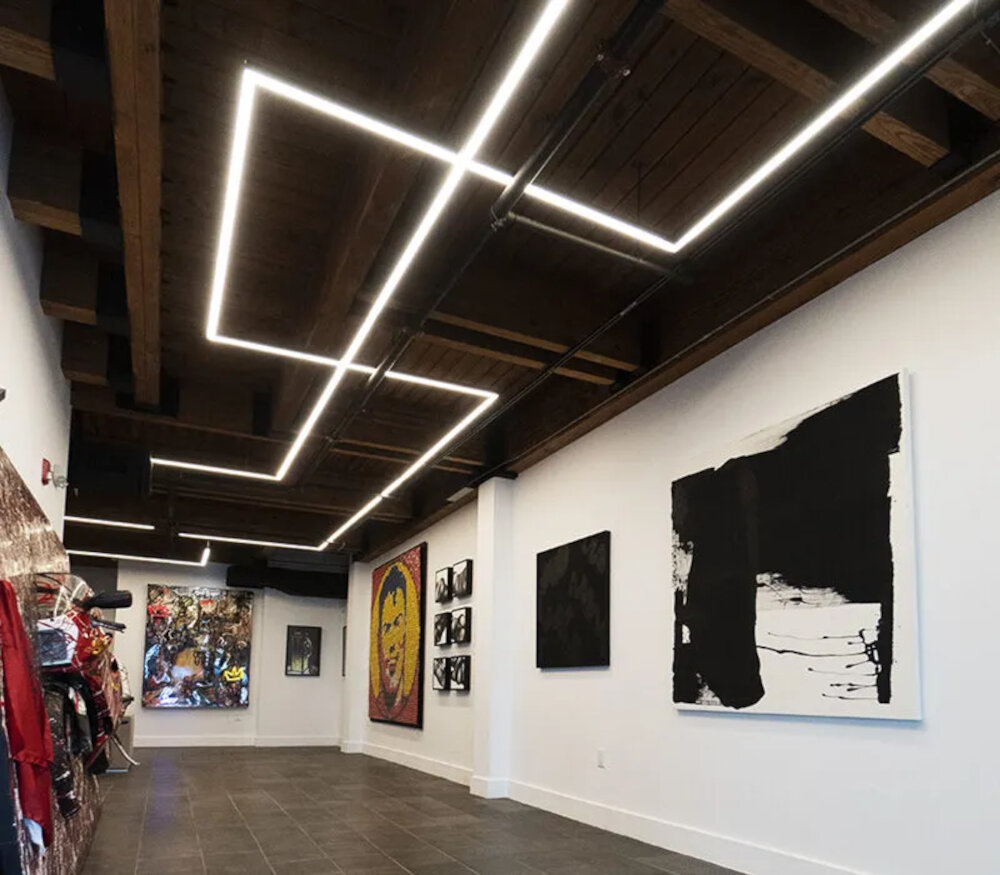
Getting a good night’s sleep is essential for overall health and well-being. However, certain factors can affect the quality of sleep we get, including the type of lighting we use in our homes. LED lights are a popular choice due to their energy efficiency, but not all colors promote restful slumber. Research has shown that certain LED light colors, such as red and orange, can promote sleep and improve the quality of sleep. Red LED lights are known to have a calming effect on the body, making them an ideal choice for promoting sleep. The color red has a longer wavelength, which means it produces less blue light that can interfere with sleep. Orange LED lights are also a good option as they promote relaxation and reduce stress levels. These hues can help prepare the body for sleep by producing melatonin, a hormone that regulates sleep and wake cycles. By incorporating these LED light colors into your home, you can create a restful environment that promotes healthy sleep habits and improves overall well-being.
LED lights come in different color temperatures that can affect our mood and sleep patterns. The color temperature is measured in Kelvin (K) and ranges from warm to cool hues. Warm white LED lights have a color temperature of 2700K to 3000K and emit a soft, yellowish light that creates a cozy and relaxing atmosphere. On the other hand, cool white LED lights have a color temperature of 5000K to 6500K and emit a bluish-white light that is energizing and stimulating. Daylight LED lights have a color temperature of 5000K to 6500K and mimic natural daylight, making it ideal for tasks that require concentration and focus. It’s important to choose the right color temperature of LED lights to promote restful slumber and maintain a healthy sleep cycle.
Color is known to have a significant impact on our mood and behavior, and ultimately, on our sleep quality. Research has shown that blue and green hues have a calming effect on the body, making them the ideal colors for promoting restful slumber. Blue light, in particular, has been found to reduce the production of melatonin, a hormone that helps regulate sleep-wake cycles, making it easier to fall asleep. On the other hand, red and yellow hues have been found to be stimulating and energizing, which can hinder sleep quality. Therefore, when it comes to lighting for sleep, it’s advisable to opt for LED lights that can be adjusted to emit blue or green light, helping individuals achieve a more restful night’s sleep.
When it comes to getting a good night’s sleep, the color temperature of your LED lights can make all the difference. Blue and white light, which have a higher color temperature, can suppress melatonin production and disrupt your natural sleep cycle. On the other hand, warmer colors like yellow, orange, and red have a lower color temperature and can promote relaxation and help you wind down before bed. These colors can also create a cozy and calming atmosphere in your bedroom. So, if you want to improve your sleep quality, consider swapping out your blue and white LED lights for warmer hues that support restful slumber.
Tips for Using LED Lights for Better Sleep
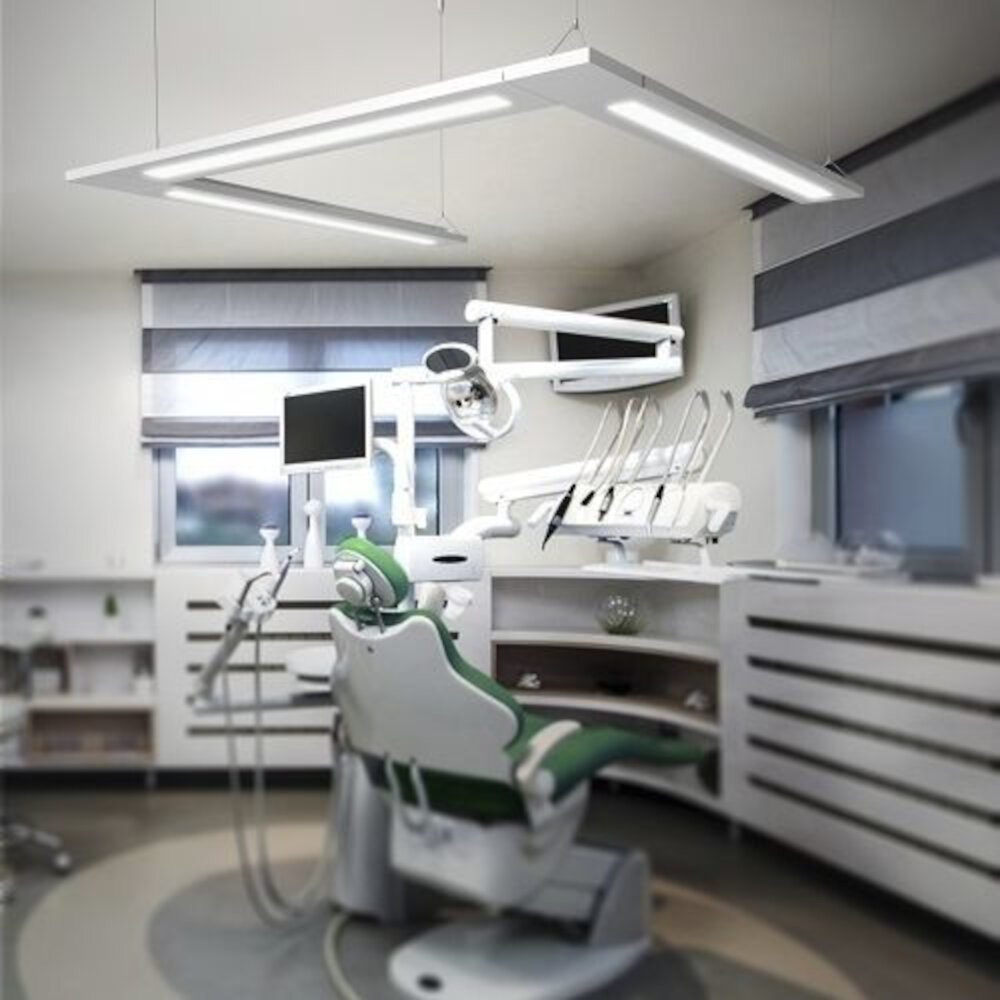
Getting a good night’s sleep is essential for our overall well-being, and the use of LED lights can play a significant role in promoting restful sleep. There are several tips for using LED lights that can help you get a better night’s sleep. First, it’s important to choose the right color temperature. Cooler colors like blue and white can disrupt your body’s natural circadian rhythm, which can make it harder to fall asleep. Instead, opt for warmer colors like orange and red, which can help promote relaxation and better sleep. Another tip for using LED lights for better sleep is to limit your exposure to blue light in the evening. Blue light is emitted by electronic devices such as smartphones and computers, and it can interfere with your body’s production of melatonin, which is essential for a good night’s sleep. To avoid this, consider using software or apps that can filter out blue light on your devices, or simply turn off your devices a few hours before bedtime. By following these tips, you can use LED lights to promote better sleep and improve your overall health and well-being.
LED lights can have a significant impact on our sleep quality, and understanding how to use them to promote better rest is essential. To start, it’s important to choose the right color temperature for your LED bulbs. Warmer colors, such as red, orange, and yellow, have a calming effect and can help to reduce stress and anxiety levels, making it easier to fall asleep. Cooler colors, such as blue and green, are more stimulating and can suppress the production of melatonin, which is essential for quality sleep. It’s also essential to adjust the brightness of your LED lights, as too much light can disrupt your circadian rhythm and make it harder to fall asleep. By using LED lights in the right way, you can create a relaxing and comfortable sleep environment that promotes healthy sleep patterns and leaves you feeling refreshed and energized in the morning.
Lighting products designed for sleep have become increasingly popular as people become more aware of the impact that light has on their sleep quality. They are designed to provide the optimal lighting conditions for a restful night’s sleep, promoting relaxation and aiding in the body’s natural production of melatonin. These products usually utilize LED technology to provide different hues and intensities of light that can be adjusted to suit individual preferences. Blue light, for example, is known to suppress melatonin production, while warmer hues like orange and red help to promote it. These products can take the form of bedside lamps, light bulbs, and even wearable devices that track sleep patterns and adjust lighting accordingly. With the right lighting products, you can create a sleep environment that supports your body’s natural rhythms and helps you wake up feeling rested and refreshed.
Creating a sleep-friendly environment is essential to ensure a good night’s rest. To achieve this, it is necessary to optimize the bedroom environment, including light settings, temperature, and noise levels. One of the most important factors to consider is the lighting in the room, which can greatly impact the quality of sleep. Soft, warm LED light colors are ideal, as they mimic the natural light of the sunset and induce feelings of relaxation and calmness. On the other hand, bright, cool tones can disrupt circadian rhythms and stimulate the brain, making it more difficult to fall asleep. Additionally, investing in blackout curtains, noise-canceling headphones or earplugs, and a comfortable mattress and pillows can further enhance the sleep-friendly environment. By prioritizing these elements, individuals can create a peaceful and tranquil space that promotes restful slumber.
LED lights have become increasingly popular for their energy efficiency, but they also offer significant benefits for sleep. LED lights emit less blue light than traditional light sources, which can disrupt the body’s natural circadian rhythm and suppress the production of melatonin, a hormone that helps regulate sleep. Instead, LED lights can be adjusted to emit warmer, more soothing hues that promote relaxation and restful slumber. Furthermore, LED lights have a longer lifespan and are more cost-effective than conventional bulbs, making them a smart investment for those looking to improve their sleep quality. By choosing LED lights in the right hues, individuals can create a calming sleep environment that supports a healthier sleep cycle.
In conclusion, LED lights can have a significant impact on sleep when used correctly. The blue light emitted by electronic devices and some LED lights can interfere with the production of melatonin, making it difficult to fall asleep. On the other hand, warm-colored LED lights can have a calming effect and promote a restful night’s sleep. It’s recommended to use lights with a color temperature of 2700K to 3000K in the bedroom, and to avoid using electronic devices with blue light before bedtime. Additionally, dimming the lights gradually in the evening can help signal to the body that it’s time to wind down and prepare for sleep. With these simple adjustments, LED lights can become a valuable tool in promoting healthy sleep habits.
Conclusion
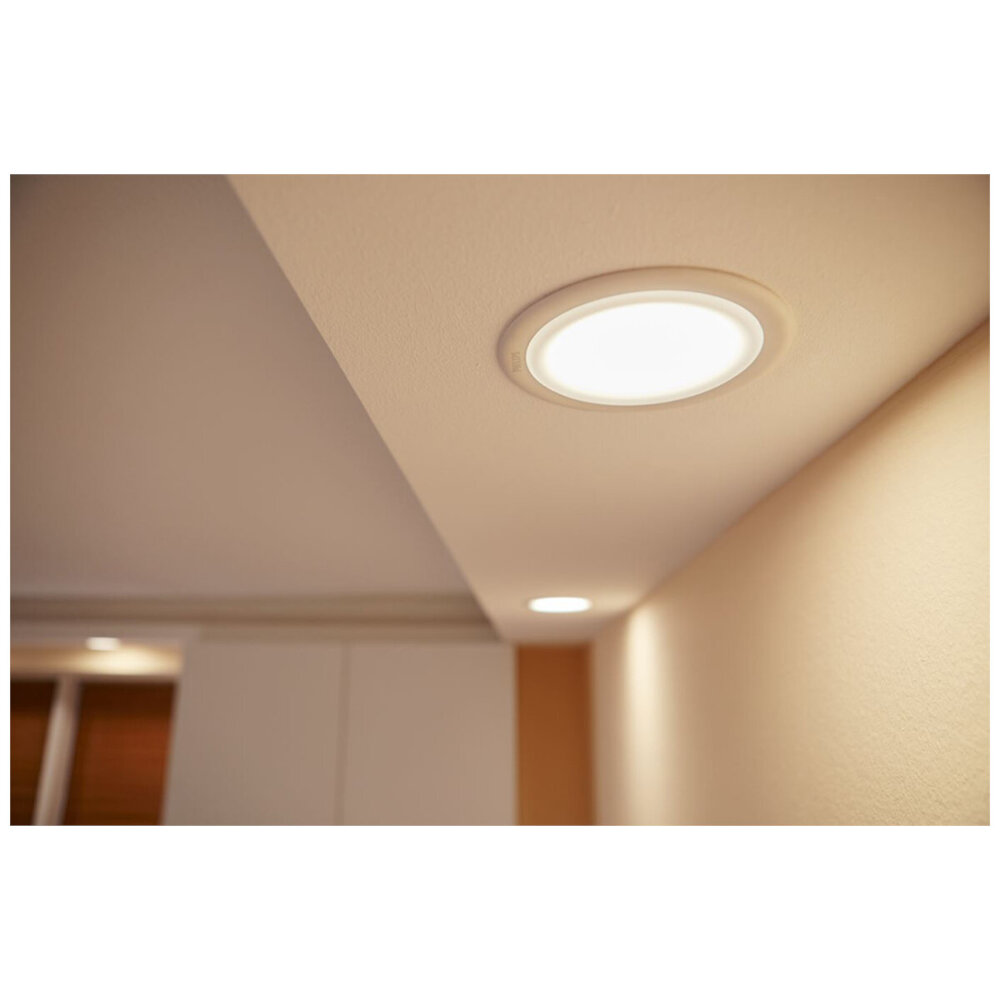
In conclusion, the color of light in our sleeping environment plays a crucial role in our ability to fall and stay asleep. While traditional yellow or warm light bulbs have been the norm, research shows that certain LED light colors can promote restful slumber. Blue and green hues have been found to be particularly effective in promoting relaxation and enhancing the quality of sleep. However, it is important to find the right balance and intensity of light to avoid disrupting the natural sleep cycle. By incorporating LED lights of the appropriate color and brightness, we can create a soothing environment that helps us drift off into a peaceful and rejuvenating slumber. So why not give it a try and see how these simple changes can improve your sleep and overall well-being.


